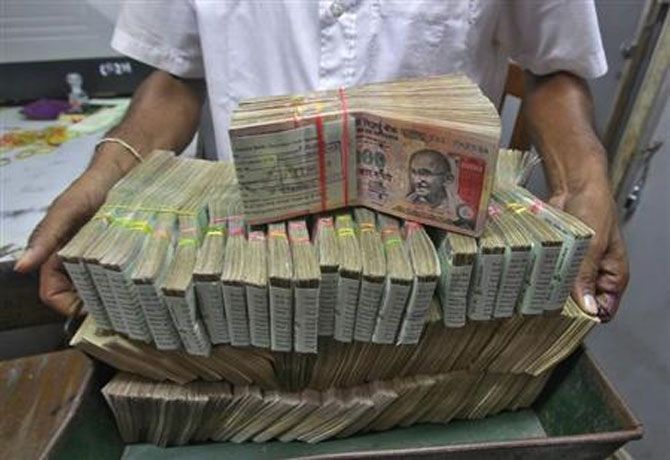Govt bosses in no hurry to exit from PSUs; many agencies, long process likely hurdles.
 The government's ambitious strategic sale drive, expected to fetch about Rs 20,500 crore according to the Union Budget for 2016-17, seems to be facing some execution challenges because of a multiplicity of agencies involved, government sources and independent experts say.
The government's ambitious strategic sale drive, expected to fetch about Rs 20,500 crore according to the Union Budget for 2016-17, seems to be facing some execution challenges because of a multiplicity of agencies involved, government sources and independent experts say.
Also, officials said contrary to common perception, a panel of secretaries constituted under the NITI Aayog has favoured multiple reports on the entire process of stake sale in public sector units (PSUs) rather than relying on one single document.
The first report, a draft of which has been prepared, identified around five PSUs in which less than 51 per cent stake would be sold.
However, before the report was even finalised, officials said there were some voices of discontent, which necessitated a relook.
"The entire first part of the submission is now being relooked, which is why it can't be said with surety as to what could be the Aayog's suggestions on disinvestment and strategic sales," a senior official said.
Strategic sales plan faces many red lights He added the deadline is to complete the entire process by June, so that the Centre can start making the disinvestment by the second quarter of 2016-17.
The new push towards strategic sales involves a lengthy process that could have all the hallmarks of being stuck.
According to sources, this push for a review may have come right from the top, with Prime Minister Narendra Modi, apparently, keen to not rush the strategic stake sale in PSUs.
 Modi prides himself for having revived sick PSUs when he was the chief minister of Gujarat, and has pushed for reviving fertiliser plants in Gorakhpur, Barauni, Sindri, and Fertilisers and Chemicals Travancore (FACT).
Modi prides himself for having revived sick PSUs when he was the chief minister of Gujarat, and has pushed for reviving fertiliser plants in Gorakhpur, Barauni, Sindri, and Fertilisers and Chemicals Travancore (FACT).
The government has also gone slow on its announcement of strategic sale in the IDBI Bank.
Some officials said not more than two or three such transactions might be possible this financial year.
Given the size of the target, they need to be big sales in monetary terms.
The government released the instructions on the new strategic sale policy on February 29, the day of the Budget.
Broadly, it involves the NITI Aayog identifying the PSUs for strategic sale, advising the government on mode of sale, and suggesting methods on valuation of the company.
The line ministries of various PSUs are to help the Aayog identify the companies, make inventories of assets and liabilities, carry out valuations, create transaction and bid documents, and set a timeline for transactions.
There will be evaluation committees to consider recommendations on valuations and process, among others, and to pass on the recommendations on price and strategic partners for the PSUs to Core Group of Secretaries on Disinvestment (CGD).
The CGD, of which the new department of investment and public asset management (DIPAM) will be the secretariat, will consider the recommendations of the NITI Aayog, recommend to the Cabinet Committee on Economic Affairs the terms of the sale, and monitor the sale.
There will also be an inter-ministerial group (IMG) of secretaries or joint secretaries to appoint the legal and financial advisors.
"It is a rather lengthy and a complicated process. Maybe once some work has been done and the kinks ironed out, strategic sales will get easier. But to get such a complicated process off-the-ground will take a lot of effort," said an independent expert helping certain government agencies in the strategic sale process.
Meanwhile, officials also said the Niti Aayog has sought the help of various think tanks to come up with the parameters on the basis of which PSUs will be identified for strategic sale.
These could be listed or unlisted, loss-making or profitable PSUs. Coming up with concrete names is expected to take four-six months, sources said.
The government had budgeted Rs 28,500 crore (Rs 285 billion) from strategic sales for 2015-16, but nothing was realised.
Following this, the government has targeted Rs 20,500 crore (Rs 205 billion) for the current financial year.












 © 2025
© 2025